From a rocky gorge to Spain’s oldest bullfighting ring, Ronda is not just a place to see monumental architecture but also dreams and dramas.
Through the large glass paneled windows blurred by the cold mist of the Andalusian winter, the clip-clop of well-shod hooves from the carriage horses striking the solid cobblestones streams in muffled and mellow.
Dialogue swells across the dusty tavern cascading along the cavernous bar table. Like his father had done in the past, the barman, now 70, with wispy, wild, silvery hair, invites customers in for a free-flowing chatter while offering them a drink or two in his proud bar.
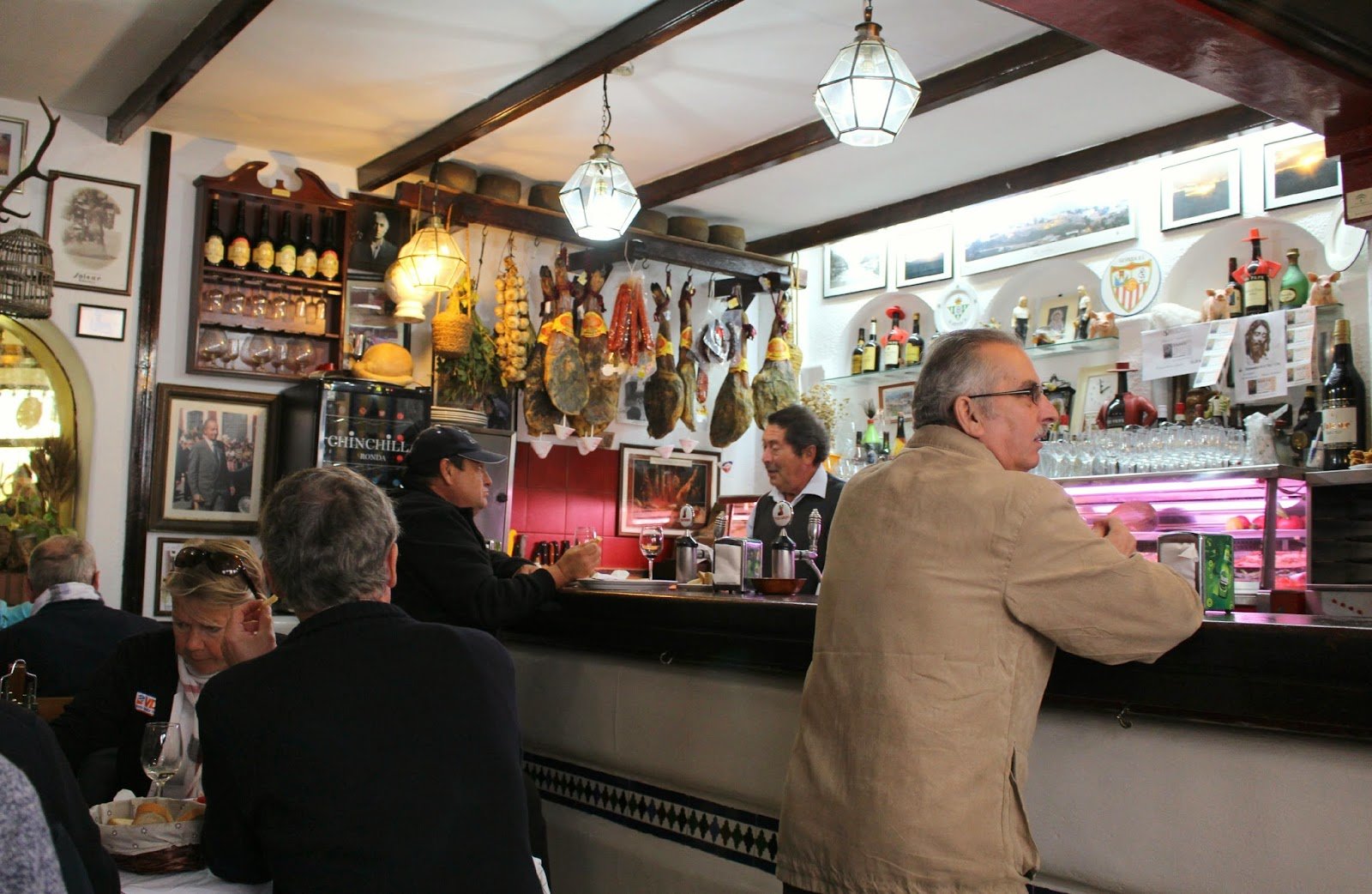
Not far from where I was sitting, old men happily clinked glasses and sipped their sherry. Overhead, on wrought iron hooks dangling from the ceiling, are Spanish sausages, cured legs of Iberian ham, and strings of garlic. On the concrete walls, a ramshackle gallery displaying grainy pictures of Ronda taken on a bright sunset; bullfighters posing alongside famous writers that once sojourned in the town, some yellowed newspaper clippings, a calendar with the photo of Spain’s weeping patron “La Macarena,” and two wooden casks filled with wines that date back to vintage times.
There is nowhere in the world quite like this tavern. I have to admit that despite some modern touches, the flashy LCD screen, and a few portable credit card swipers, the place feels timeless. For all I know, I could be sitting on the same chair where Ernest Hemingway once sat.

Ernest Miller Hemingway, the 20th-century novelist and Nobel Prize winner, wrote in his 1932 book Death in the Afternoon, “There is one town that would be better… to see your first bullfight in if you were only going to see one, and that is Ronda.”
I have never been to a bullfight before, but I reasoned to go to Ronda with a different purpose. After all, according to Hemingway, it’s also a place “… where you should go if ever you ever go to Spain on a honeymoon or if you ever bolt with anyone.”
As one of Spain’s old pueblo blancos, or white villages, Ronda is a two-hour drive from Seville. Established in the 9th century BC, those who came to the town never wanted to leave. There were, of course, the forefounders, then the Romans came, and later on, the Moors, who inhabited the top of the cliff. By the 15th century, the latter had all been kicked out of the palace and the mosques they built and driven out of town when the christian reconquistas captured the city, taking control of the water supply at the bottom of the canyon.
Needless to say, the town is famous for its dramatic location—perched on an inland plateau as well as being the cradle of modern bullfighting. With its beguiling whitewashed facades, vignettes of Moorish grace and Roman grandeur, and a lively patchwork of architectural marvels interlacing across time, it’s no wonder that Ronda has long cast its spell on poets, dreamers, and romantics alike.
I arrived in Ronda ninety-two years after Hemingway first came. As it was my first trip, it seemed appropriate to take the scenic road, which took me a half day’s drive from Seville, passing several towns on a journey through perilous, craggy cliffs. At the mountaintop, elements throw tantrums at you—with fog obscuring the way and rain waxing the road.
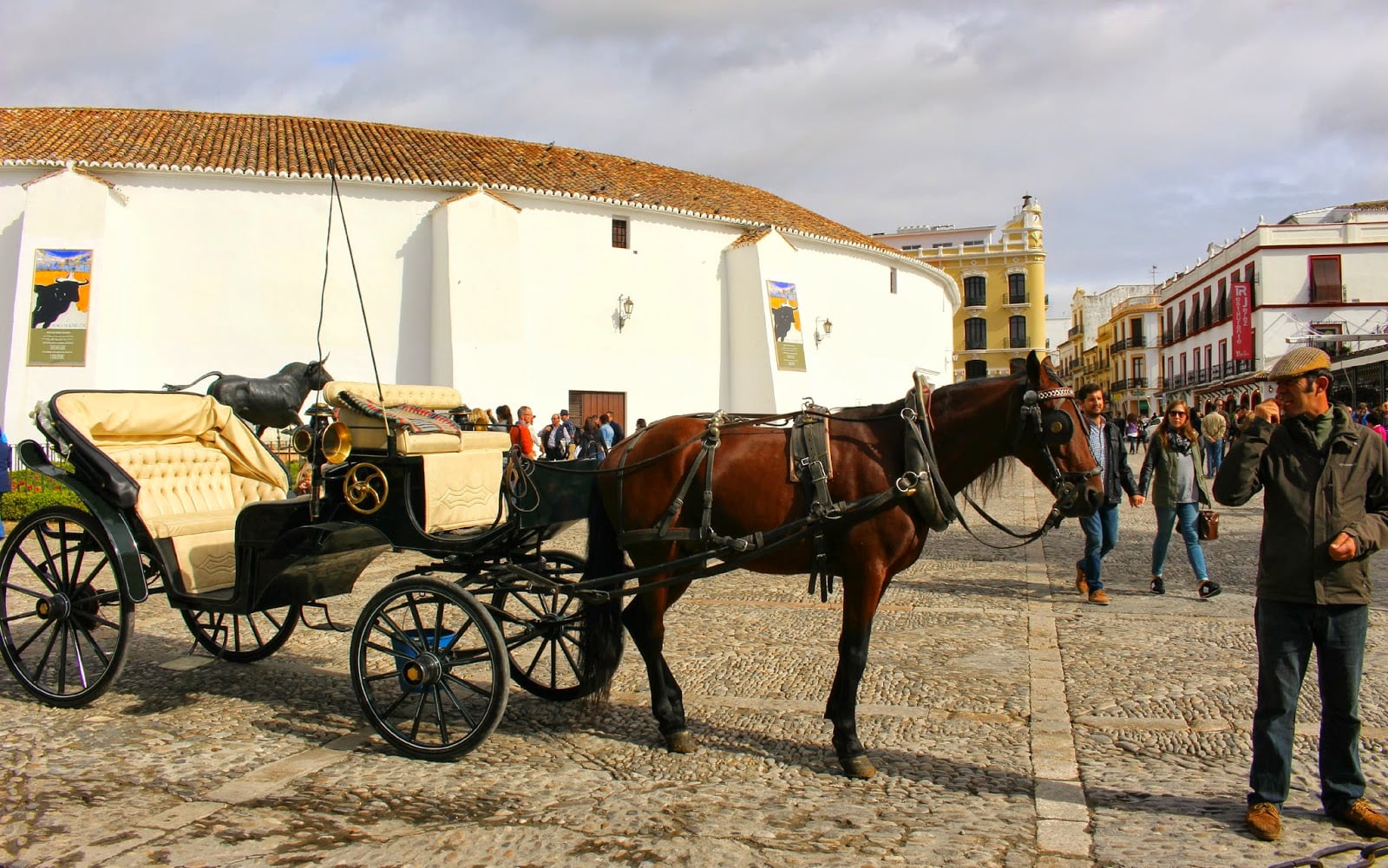
There were few tourists when I strolled along Paseo de E. Hemingway. The first week of winter had kept the crowd at bay that sometimes choked the pedestrian walkway that runs between Ronda’s bullring, Plaza de Toros, and the busy square of Plaza de España overlooking El Tajo, the 300-foot-deep canyon that splits the old from the new neighborhood.
Back in the days, one could see Hemingway moseying up and down the streets during his time in Ronda. He will be in some bar or restaurant just as the sun starts to turn back for the day, immersed in a conversation with the locals and with travelers who were always fascinated by the old writer’s stories on local lore.

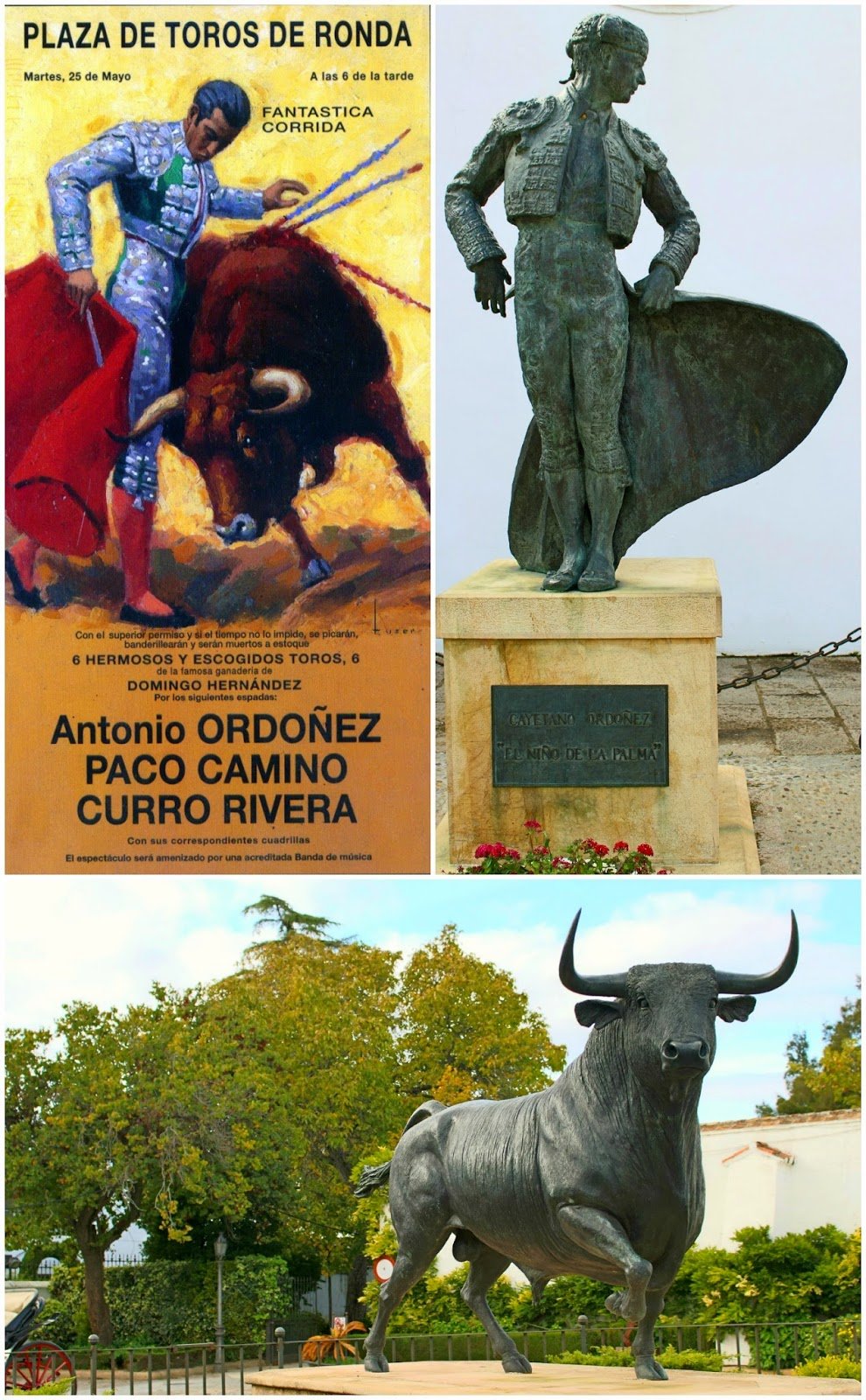
If one should imagine Hemingway’s life in Ronda, one must make an effort to come to terms with bullfighting. An amusement of theatrical display and an amalgamation of life’s suffering and glory, passion and death, and a kind of “horn-to-groin” sport.
That night at the Hotel Fuente de la Higuera, a former 18th century olive mill that magnificently perched on a hillside not far from Ronda, I dreamt of my first bullfight. Between the heat and the raving crowds, it was all too overwhelming. I fixed my gaze on the torero. A faint zephyr blows his red cape as he struts toward the panting and now powerless beast in the center of the ring—a blinding sword in hand, a bull’s ear drenched in blood sprinting towards me.
I arose from my bed panting like the bull in my dream; opened the windows of my room letting the chilly breeze nurse and transport me back to reality. Bullfighting is synonymous to animal cruelty, but to fathom Spain’s national sport in any real way, I attempted to understand what los toros mean to the Spaniards.
Hemingway may have expressed it differently in his book Death in the Afternoon, when he said “There are some things which cannot be learned quickly, and time, which is all we have, must be paid heavily for their acquiring. They are the very simplest things and because it takes a man’s life to know them, the little new that each man gets from life is very costly and the only heritage he has to leave”.
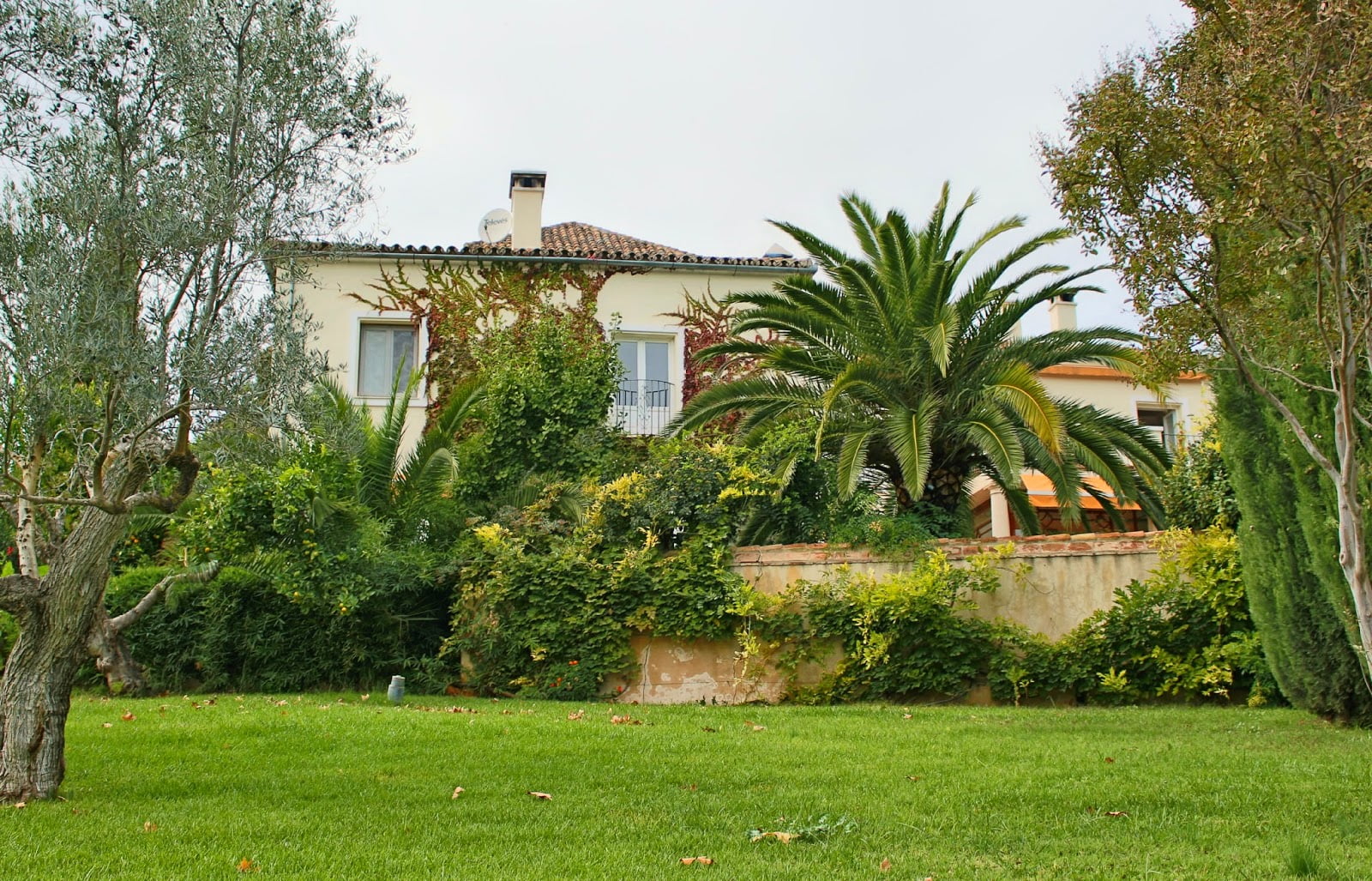
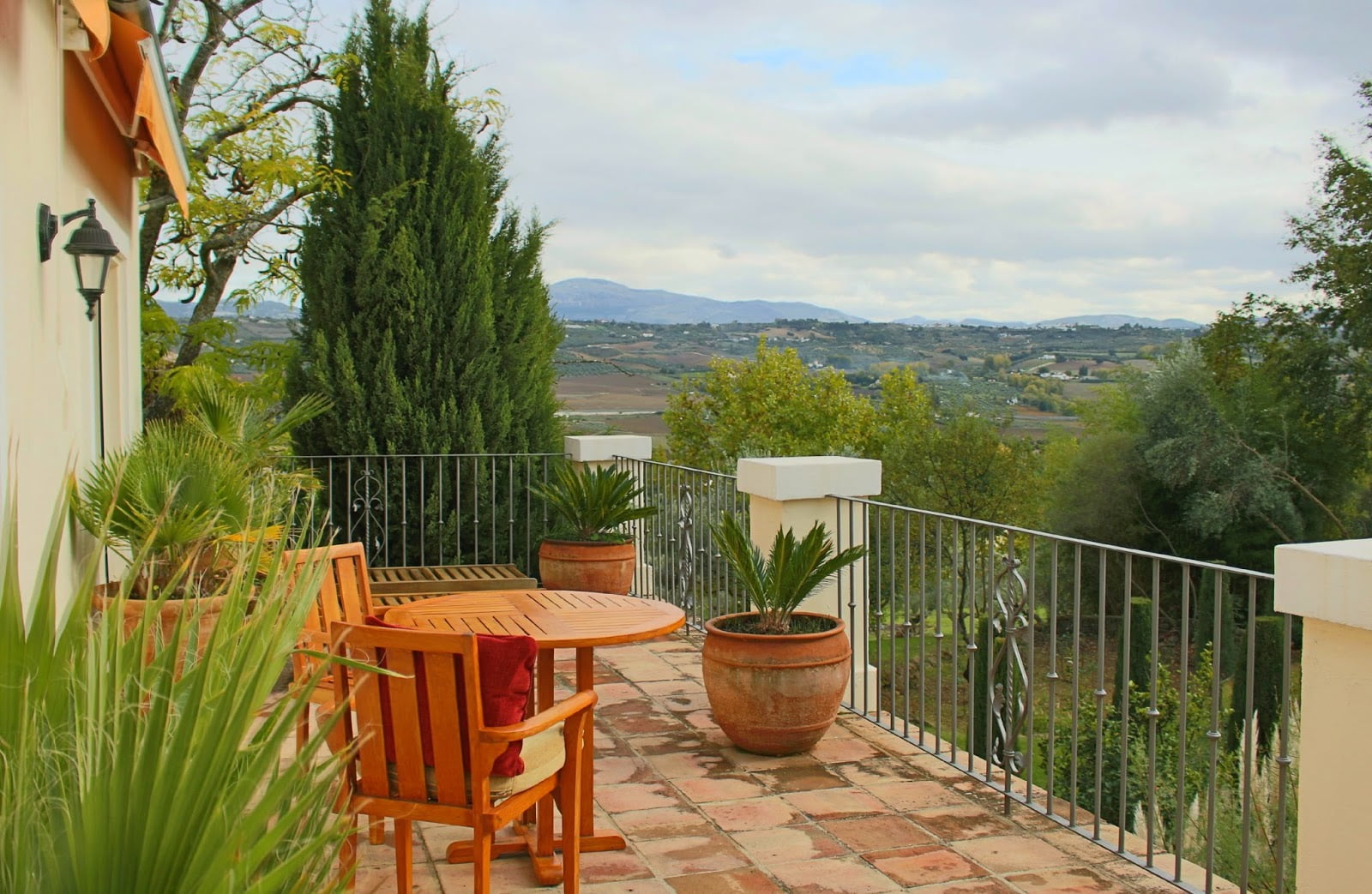
The next day, I decided to idle half of the day away at the hotel. I didn’t mind that the bathtub was made of copper and some furniture didn’t match up perfectly—another reason why the room felt relaxed and somehow effortless. A walk in the patio, I could see the Andalusian landscape unfolding, with views of Ronda and the nearby craggy terrain all humpbacked in a poetic manner. A glimpse at the olive grove dampened by last night’s shower gave an invigorated feeling.
I drove back to Ronda that afternoon and urged my consciousness toward a new resolve. Leaving all notions on bullfight, I decided to let my feet take me, with no plans in mind of where to go next. Finding myself at the main square in Plaza de España on a cloudy day, I had another glimpse of the plunging El Tajo canyon. Not far from where I was standing, the bells at the nearby 15th-century Holy Spirit church tolled frantically.
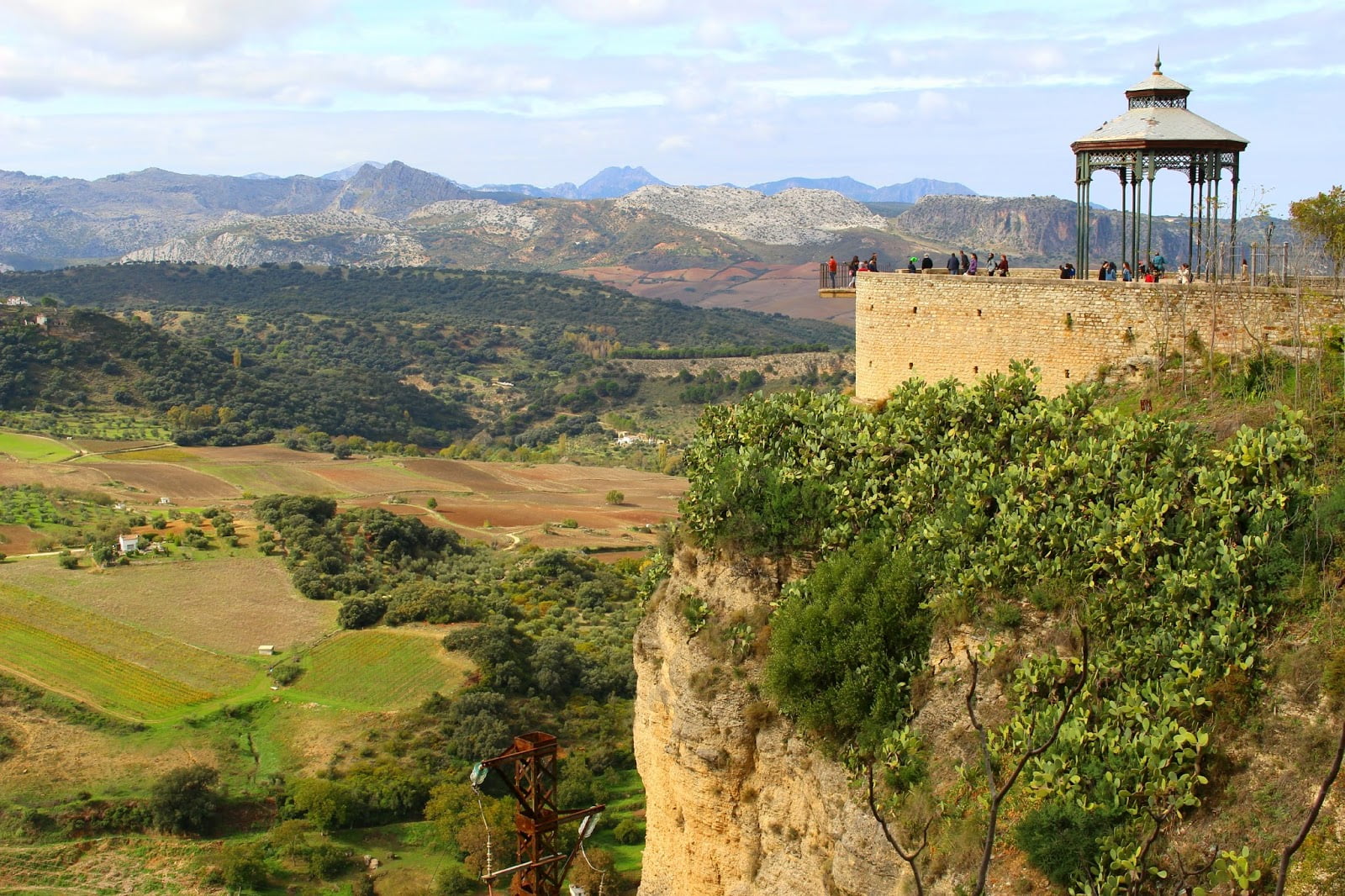
Passing a few tourists in the Puente Nuevo, the bridge that laces together the two sides of town, I continued until I reached the old quarters. Getting away from the busy lane, it was a great feeling to be absorbed in one’s way of sightseeing.
How close can you get to Ronda’s soul when you hear the noise of everyday life—a dog barking on a grilled window from inside the house, a creaking sound of the church’s large wooden doors opening, a couple arguing from a distance, kids waking up from a siesta, and the trotting sound of an approaching horse carriage.
Before heading back, I descended into the canyon, going down 365 steps. The serene river, the Moorish ruins, and the cliff serving as the backdrop—Ronda is not just about seeing your first bullfight or spending one’s honeymoon or even by bolting with Hemingway’s words; it’s about feeling a whole new sense of discovery, and climbing back to the top is where one should likely begin.
BUTTER MY BAGUETTE
This website made of love strives to produce FREE CONTENT.
Help me tell more stories and keep this website free of any advertisement by supporting Flying Baguette in inspiring more people and connecting you with other cultures and communities around the globe. Donate a little or as much as you can afford to keep the magic of Flying Baguette going for years to come. Share your support through the icons below ⬇️


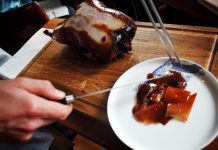

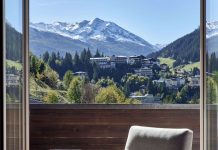
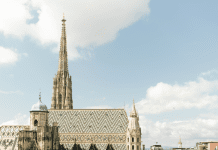
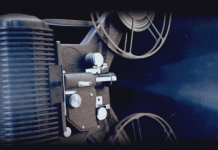
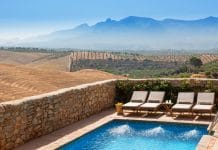
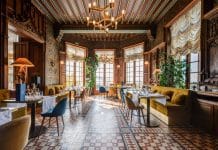


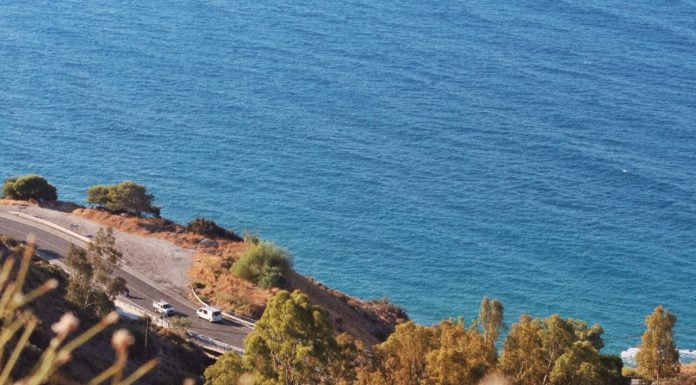




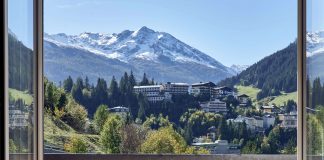
I was unaware of Ronda’s connection to Hemingway and it was a pleasant surprise to read and learn about it.
Although it’s best known for its bridge and superb views, it’s definitely worth exploring this lesser-known side of the city’s culture.
Andalusia is an absolutely fantastic region and deserves to be known.
I hear a lot of positive things about Ronda and as you pointed out, it is mostly due to its impressive location and the iconic bridge spanning the deep gorge. Thanks for sharing the connection with Hemingway, I feel this literary link gives another layer to Ronda and makes it even more attractive to visit one day. How did you find out about it? Your pictures, are as always, very inspiring. Especially the last one overlooking the Andalusian plain makes one’s mind wander off and stimulate our internal narrator. I can see why Hemmingway sought out Ronda for his travels.
Carolin | Solo Travel Story
This is the second day in a row that Ronda has come to my attention. It must be a sign. I long to see the town perched on the cliffs and walk across Puente Nuevo.
I would not go to a bullfight but it is a part of the culture. You really captured that vibe I associate with Hemingway.
Lyn | http://www.ramblynjazz.com
Sauntereling around the old streets of a new town sounds like the perfect way to really get a feel for it. And Ronda looks to be a fantastic place to go with little to no plan. I’d enjoy seeing those views, and partaking in a little afternoon drinking at such a historic bar. The bull fighting not so much, but it’s important to understand a town’s heritage even if it isn’t as accepted now.
We adored Ronda when we visited. You are so right – you can really envisage the people who arrived in the area centuries ago and never wanted to leave. The canyon is so dramatic, in its setting in the stunning Andalusian countryside. The thing we most enjoyed doing on our visit was to walk around. And, while the Puente Nuevo is a remarkable piece of architecture, seeing the old quarters away from the plethora of day visitors, was a splendid way to explore the town.
I didn’t get a chance to visit Ronda when in Spain but I love your descriptions here. Sounds magical. I too also love just sitting in a tavern observing locals (especially if I don’t understand the language), then my imagination really runs wild. haha
I absolutely loved Ronda. Our visit was fleeting and many years ago and we have always deliberated to return. I think the bull fighting is not for us, I believe that it’s inhumane. But the bullring is a thing of beauty. We visited nonetheless. Beautiful work here Jan
For a brief moment, scenes from ‘Take a Bow’ video by Madonna played in my head when I entered the bullring (the video was actually shot in Ronda) and fantasized that it was my stage and I was the lady torero. Thanks for the read John. It’s time to revisit 😊
What beautiful words to describe what sounds like an amazing town. I’ve yet to visit Spain but I will definitely be adding Ronda to the list!
Thanks for the read Vanessa 😉 Ronda is just one of the many white-washed villages in Spain perched on dramatic cliffs that need to be visited and worth writing about. I can’t wait for you to explore and enjoy Spain!
I must admit that bullfighting is a bit of a hard one for me to comprehend but I love how you threaded Hemingway into the time you spent in Ronda. It seems like a very special place!
You are not alone when it comes to bullfighting. While it is hard to come to terms with this controversial Spanish spectacle, nonetheless it offers the traveler, a closer look and understanding about a culture and tradition that has shaped the landscape. Thanks for reading and allowing your imagination to take a trip to Hemingway’s Ronda 😉